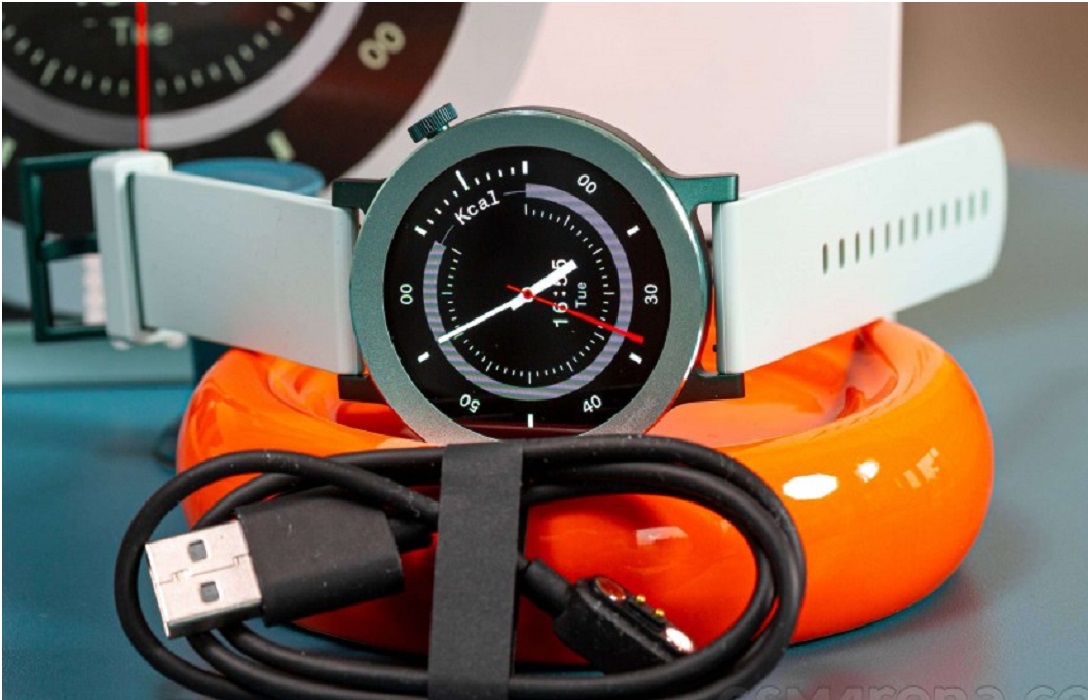General Motors (GM) is intensifying its shift away from Android Auto and Apple CarPlay by extending the removal of these platforms to future gasoline-powered vehicles. This move aligns with GM’s broader strategy to integrate its proprietary Gemini Assistant into its infotainment systems, aiming to offer a more seamless and personalized user experience.
Previously, GM had begun eliminating Android Auto and CarPlay from its electric vehicles (EVs), prompting concerns among users who valued the familiarity and functionality these platforms provided. Now, the company is expanding this change to include upcoming gasoline-powered models, signaling a significant departure from industry standards.
The transition to Gemini Assistant is central to GM’s vision for its in-car technology. Gemini is designed to provide advanced AI-driven features, including natural language processing, predictive analytics, and deep integration with GM’s ecosystem of services. By moving away from third-party platforms, GM aims to create a more cohesive and tailored experience for drivers and passengers.
This decision has sparked mixed reactions. Supporters argue that Gemini’s integration will lead to more innovative and customized features, enhancing the overall driving experience. Critics, however, express concerns about the loss of compatibility with widely-used platforms like Android Auto and CarPlay, which many users have come to rely on for navigation, media, and communication.
As GM continues to roll out this transition, the company is emphasizing the benefits of its native system, including improved system responsiveness, better integration with vehicle hardware, and the potential for future updates and features that are more closely aligned with user needs.
In summary, GM’s move to phase out Android Auto and CarPlay in favor of its Gemini Assistant represents a bold step towards a more integrated and proprietary in-car technology ecosystem. While this shift may offer enhanced personalization and functionality, it also challenges long-standing industry norms and user expectations.




